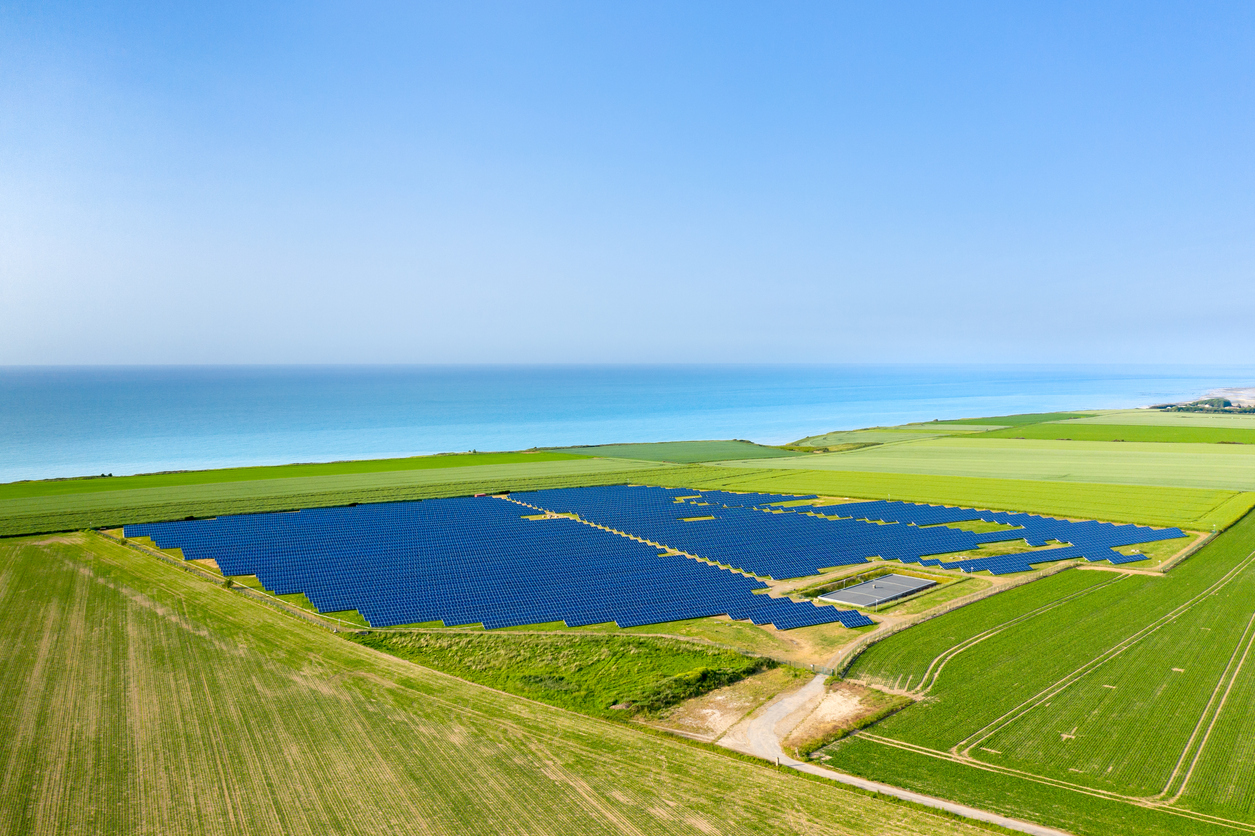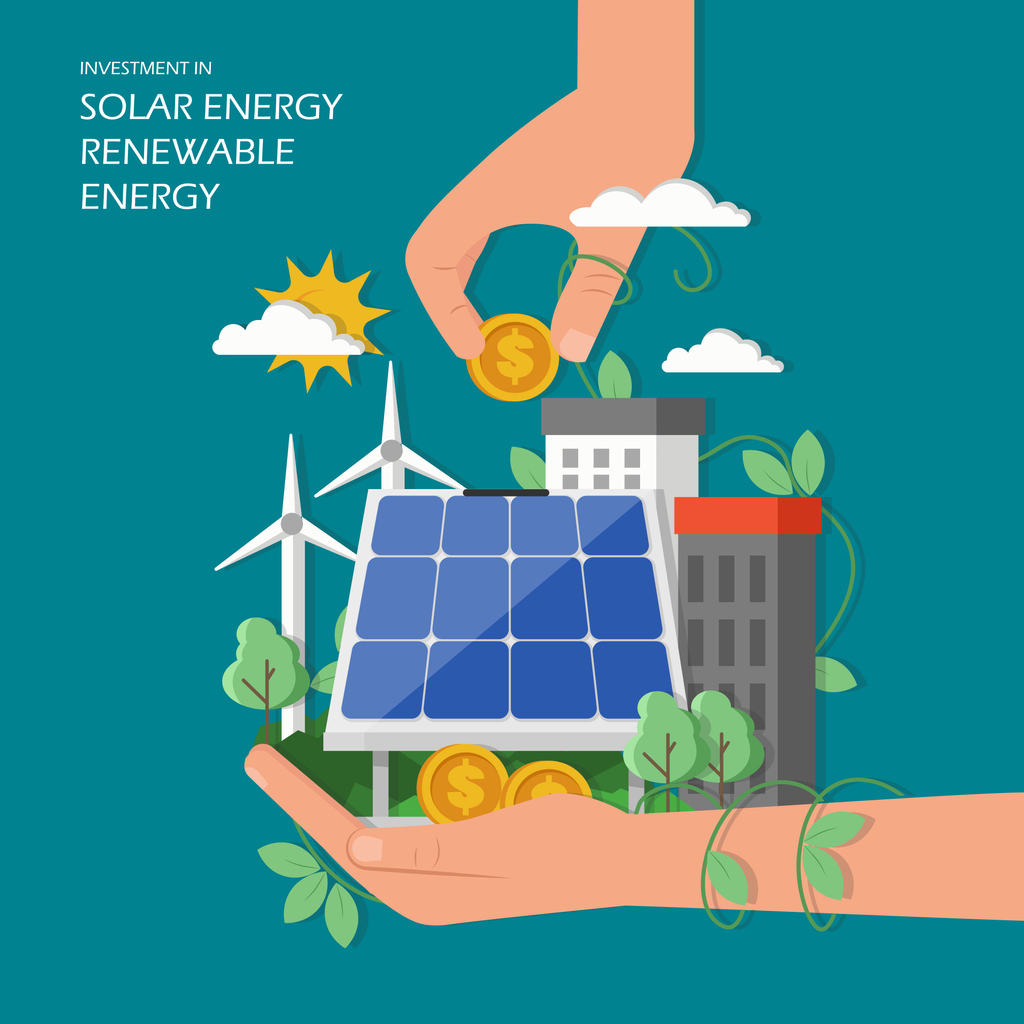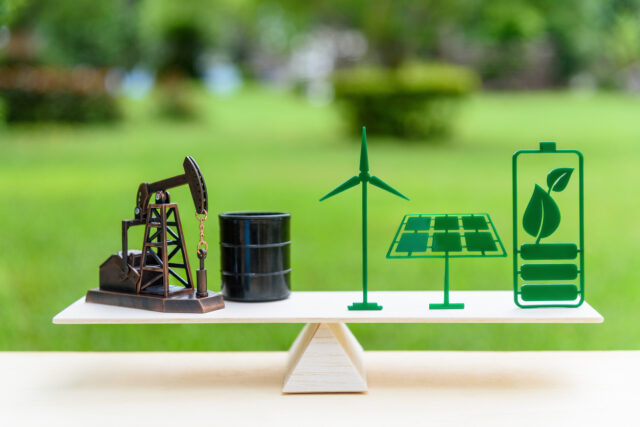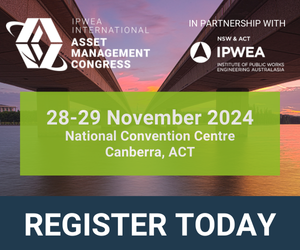Operators of Australia’s clean-energy facilities must deploy effective asset management tools now to remain viable in the longer term, according to experts.
Although the renewables sector has experienced massive growth in recent years, market constraints – such as daytime overcapacity in the National Electricity Market (NEM) – and domestic fundamentals are beginning to squeeze profit margins, says asset management specialist Matthew Stubbs.
Writing for clean energy publication Ecogeneration, Stubbs points out that managing renewables generation in Australia brings with it unique challenges.

“Operating costs, although declining due to reduced input costs such as cheaper PV hardware, are high relative to countries such as Dubai, the United States, Brazil and Portugal,” he writes.
“Environmental factors such as large distances, extreme weather and vegetation management increase the cost of planned and unplanned maintenance, [and] Australia’s high standards of compliance for safety and reliability demand increased management overhead and highly qualified technicians.”
In the face of these fundamentals and the unpredictable NEM, Stubbs argues implementing digital asset management programs can help provide certainty for investors.
He points out Australia has the opportunity to leverage experience from the renewables sector in Europe, which has more years of experience managing assets through the operations phase.

“SolarPower Europe provides guidelines for all aspects of asset management, including project management, handover, technical asset management, commercial and financial asset management, procurement, people, data management, reporting, and the contractual framework,” says Stubbs.
He argues that operators should invest in an integrated digital asset management system for maximum results.
“With information in ‘silos’, managing the operation can quickly become inefficient,” he says. “It makes sense for the renewable asset manager to establish a [digital] platform that will consolidate this information.”
Adds Stubbs: “Putting assets at the centre of an integrated system, the asset manager can get a comprehensive understanding of the health of the asset, ensure compliance, manage deadlines and ensure that each asset is delivering on KPIs.”
IPWEA believes a greater emphasis on asset management in the renewables sector will help safeguard the industry’s future.

“Building new and innovative assets need not be at the expense of current and future generations’ ability to pay,” says Steve Verity, Principal Advisor Asset Management, IPWEA Australasia.
“The best way to demonstrate a safe and sustainable future is to have an up-to-date asset management plan that considers whole of life costs for existing and future assets.”
Verity says a good asset management plan should present at least one scenario balanced to the planned budget, enabling informed conversations on the trade-offs on cost, risk and performance.
“Having skilled and capable infrastructure asset managers backed by effective leadership will provide assurance that the strategic objectives and community values can be delivered and maintained,” he says.














